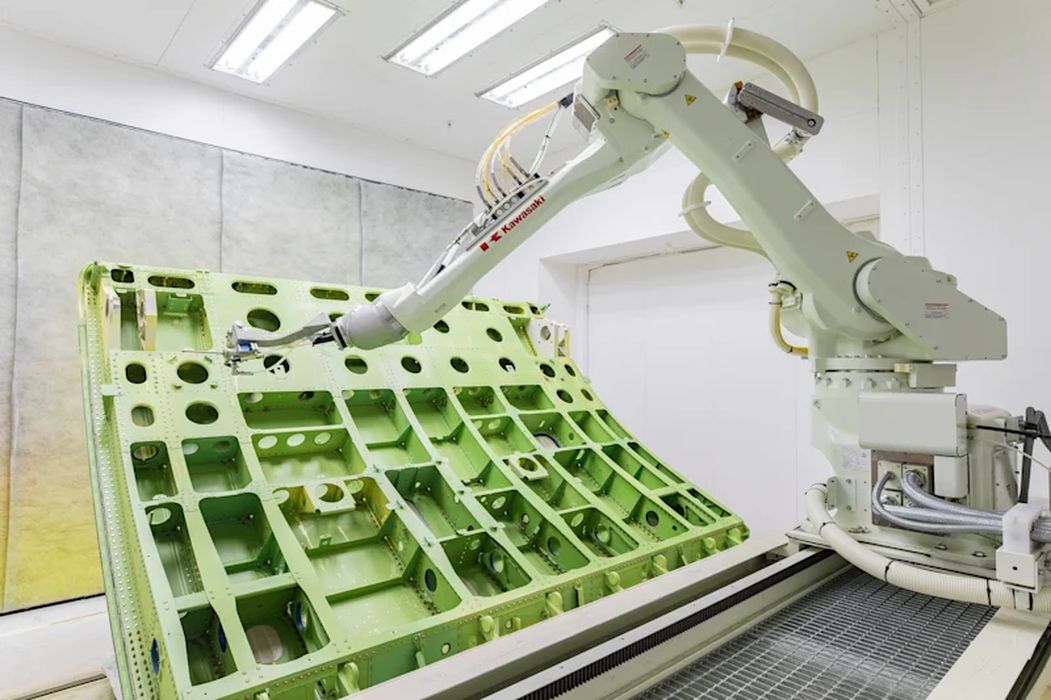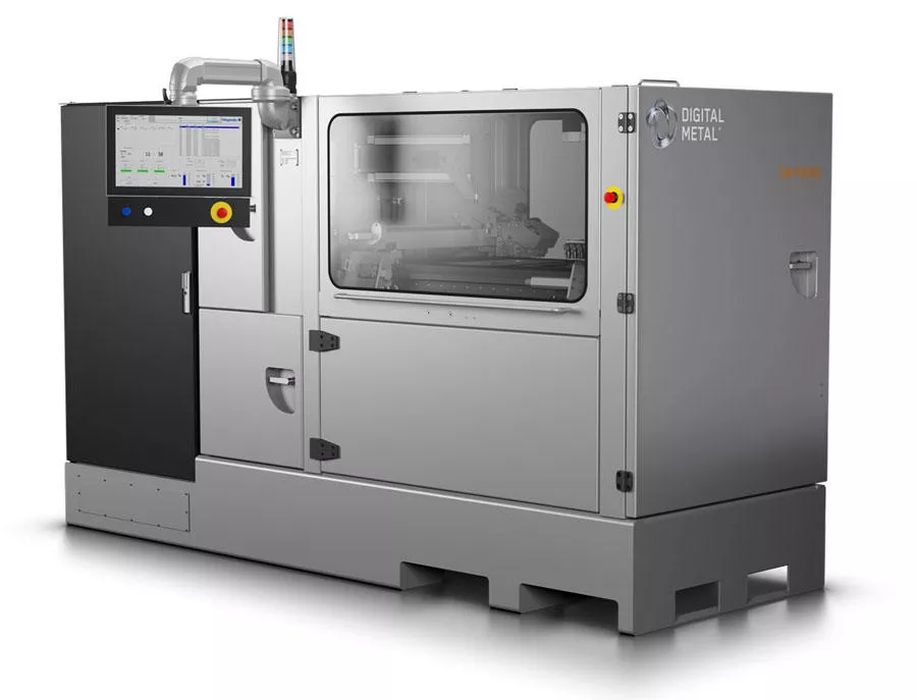
Charles R. Goulding and Preeti Sulibhavi analyze the pivotal discussions between President Donald Trump and Prime Minister Shigeru Ishiba, exploring how advancements in 3D printing, strategic corporate investments, and energy cooperation are shaping the future of U.S.-Japan relations.
On February 7, 2025, President Donald Trump and Japanese Prime Minister Shigeru Ishiba held a joint press conference in Washington, D.C., addressing key developments in defense spending, international investments, and energy cooperation. The discussions highlighted the growing role of advanced manufacturing technologies, significant shifts in corporate strategies, and the strengthening of energy partnerships between the United States and Japan.
Enhancements in Defense Spending and 3D Printing Innovations
The press conference underscored a proposed substantial increase in Japanese defense spending. 3D printing technology is revolutionizing defense manufacturing by enabling rapid prototyping, reducing production lead times, and allowing for the creation of complex, lightweight components that were previously challenging to produce.
Two of Japan’s largest defense contractors and industry giants are Mitsubishi Heavy Industries (MHI) and Kawasaki Heavy Industries (KHI). They have been at the forefront of incorporating 3D printing into their defense manufacturing processes. Mitsubishi has utilized additive manufacturing to produce components for military aircraft, enhancing performance while reducing weight and material waste. Similarly, Kawasaki has adopted 3D printing techniques in the production of parts for defense equipment, streamlining production and enabling rapid prototyping.

These advancements align with broader trends in defense sectors worldwide. A report by Additive Manufacturing Research highlighted that the U.S. Department of Defense’s spending on 3D printing increased from US$300 million in 2023 to an estimated US$800 million in 2024, with projections to surpass US$2.6 billion by 2030.

Nippon Steel’s Strategic Shift: From Acquisition to Investment in U.S. Steel
A significant portion of the discussion focused on Nippon Steel’s evolving strategy regarding U.S. Steel. Initially, Nippon Steel had proposed a US$14.9 billion acquisition of U.S. Steel in December 2023. However, this move faced scrutiny from U.S. regulatory bodies, including the Committee on Foreign Investment in the United States (CFIUS), due to concerns over foreign ownership of a key American industry.
In light of these challenges, President Trump announced that Nippon Steel would pivot from pursuing a full acquisition to making a substantial investment in U.S. Steel. He stated, “Nippon Steel is going to be doing something very exciting about U.S. Steel. They’ll be looking at an investment rather than a purchase.”
This strategic shift aims to strengthen the partnership between the two companies while addressing regulatory concerns and preserving U.S. Steel’s autonomy. The investment is expected to enhance technological collaboration and bolster the competitiveness of both firms in the global steel market.

At the press conference, President Trump announced that his administration has just approved US$1 billion in military sales to Tokyo.
Expansion of LNG Shipments and Energy Collaboration
Energy cooperation was another focal point of the press conference, with both leaders emphasizing the importance of liquefied natural gas (LNG) in their countries’ energy strategies. The United States has seen a significant increase in LNG exports, with Japan being a primary importer. This partnership not only supports Japan’s energy needs but also contributes to the U.S. economy.
The leaders discussed LNG production and transportation as well. Additive manufacturing can create complex components for LNG infrastructure, improving efficiency and reducing costs, thereby improving LNG production and transportation.
The expansion of LNG shipments from the U.S. to Japan underscores the deepening energy ties between the two nations. This collaboration not only ensures energy security for Japan but also supports the U.S. energy industry, reflecting a mutually beneficial relationship.
In his remarks, Prime Minister Shigeru announced a target of US$1 trillion in direct U.S. investment.
The Research & Development Tax Credit
The now permanent Research and Development (R&D) Tax Credit is available for companies developing new or improved products, processes and/or software.
3D printing can help boost a company’s R&D Tax Credits. Wages for technical employees creating, testing and revising 3D printed prototypes are typically eligible expenses toward the R&D Tax Credit. Similarly, when used as a method of improving a process, time spent integrating 3D printing hardware and software can also be an eligible R&D expense. Lastly, when used for modeling and preproduction, the costs of filaments consumed during the development process may also be recovered.
Whether it is used for creating and testing prototypes or for final production, 3D printing is a great indicator that R&D Credit-eligible activities are taking place. Companies implementing this technology at any point should consider taking advantage of R&D Tax Credits.
Conclusion
The press conference between President Donald Trump and Prime Minister Shigeru Ishiba highlighted significant developments in defense spending, corporate investment strategies, and energy cooperation. The integration of 3D printing technologies by companies like Mitsubishi and Kawasaki exemplifies the innovative approaches being adopted in defense manufacturing. Nippon Steel’s strategic shift from acquiring to investing in U.S. Steel reflects a nuanced approach to international partnerships amidst regulatory considerations. The increased LNG shipments from the U.S. to Japan further cement the strong energy collaboration between the two nations. Collectively, these initiatives underscore the evolving dynamics of U.S.-Japan relations and their shared commitment to innovation, economic growth, and energy security.
